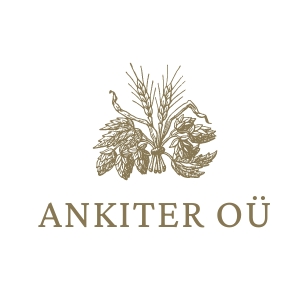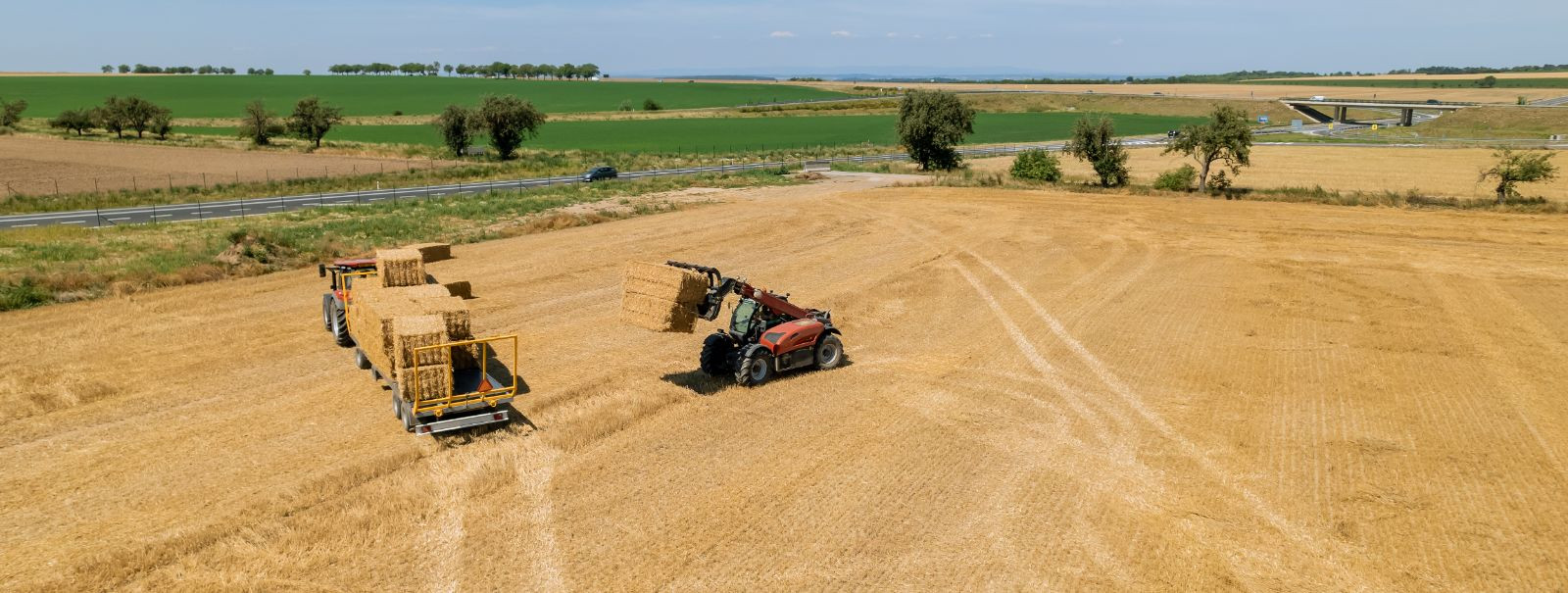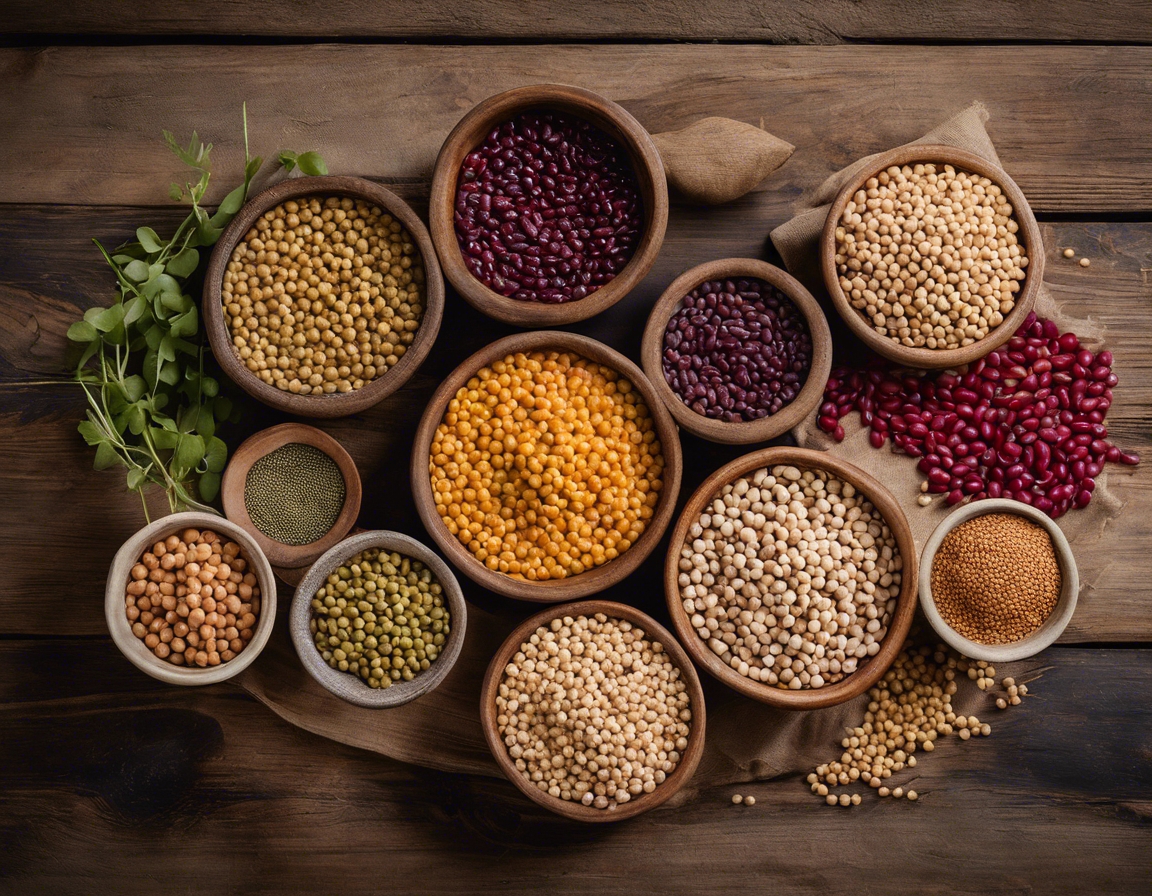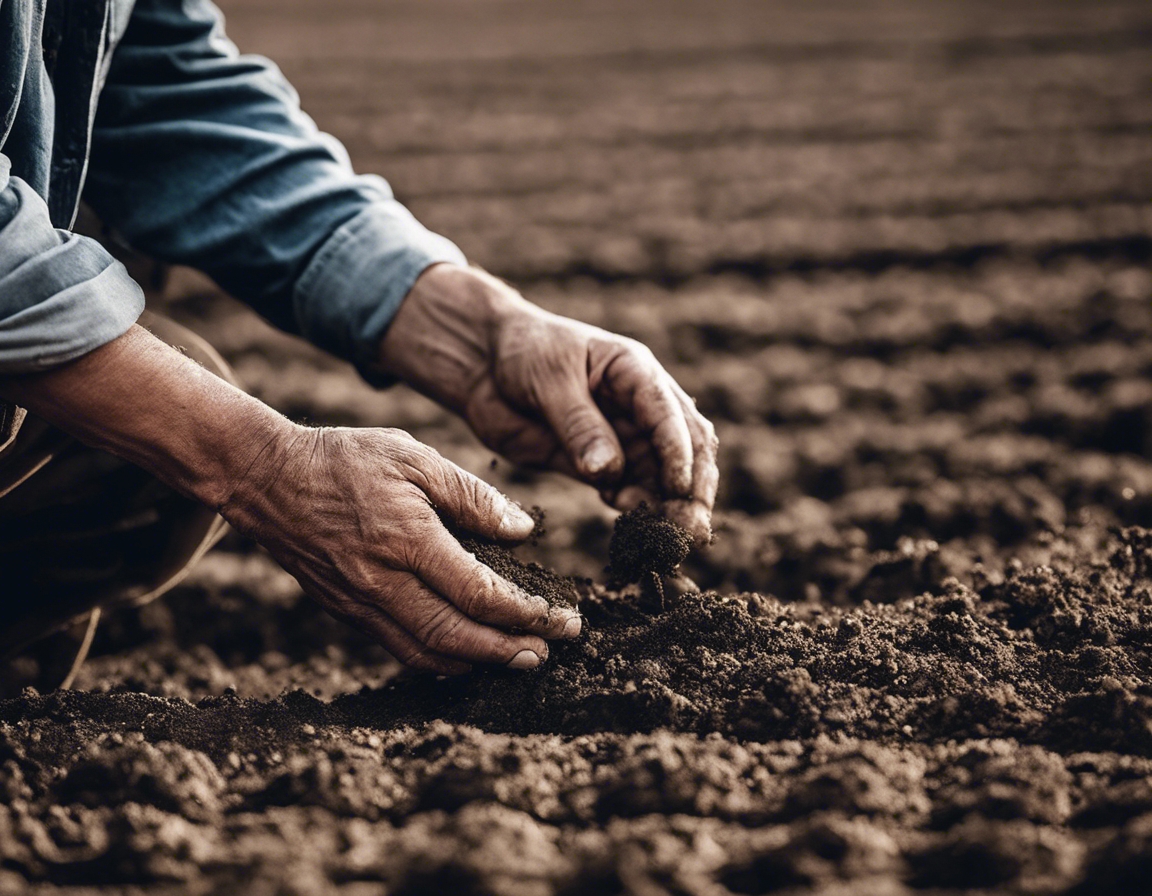5 sustainable farming practices for modern agriculture
Sustainable agriculture is a method of farming that focuses on producing food, fiber, and other plant or animal products in a way that is environmentally sound, socially responsible, and economically viable. It involves practices that maintain soil health, conserve water, reduce pollution, and promote biodiversity.
As the global population continues to grow, the demand for food increases, putting pressure on our natural resources. Sustainable farming practices are essential to ensure that we can meet today's food needs without compromising the ability of future generations to meet their own.
1. Crop Rotation and Diversity
Crop rotation is the practice of growing a series of different types of crops in the same area across a sequence of growing seasons. It helps prevent the accumulation of pests and diseases, improves soil fertility, and can lead to higher yields.
Introducing a variety of crops can enhance biodiversity, which in turn can improve resilience and productivity. Crop diversity also helps in spreading economic risk, as farmers are not solely dependent on a single crop.
2. Conservation Tillage
Conservation tillage is a farming practice that reduces the frequency and intensity of tilling. It includes techniques such as no-till, strip-till, and reduced-till farming, which help to maintain soil structure, reduce erosion, and save energy.
Different methods of conservation tillage can be adopted depending on the soil type, climate, and crop being grown. These methods help in retaining soil moisture, reducing the carbon footprint, and enhancing soil carbon sequestration.
3. Integrated Pest Management (IPM)
Integrated Pest Management is an approach to pest control that uses a combination of techniques such as biological control, habitat manipulation, and use of resistant varieties. It aims to minimize the use of chemical pesticides and reduce the risk to human health and the environment.
IPM techniques include monitoring for pests, using natural predators, and planting pest-resistant crops. These methods help in maintaining the ecological balance and reducing the reliance on harmful pesticides.
4. Agroforestry and Permaculture
Agroforestry is the integration of trees and shrubs into crop and animal farming systems to create more diverse, productive, profitable, healthy, and sustainable land-use systems. It can provide multiple benefits such as shade, shelter, and additional income from timber or fruit.
Permaculture is a philosophy of working with, rather than against, nature. It involves creating sustainable and self-sufficient agricultural ecosystems. Permaculture principles include the conservation of resources, recycling of nutrients, and valuing diversity.
5. Water Management and Irrigation Efficiency
Efficient water management is crucial for sustainable agriculture. Practices such as drip irrigation, rainwater harvesting, and scheduling irrigation based on crop needs can significantly reduce water usage.
Advancements in technology have led to the development of precision irrigation systems and soil moisture sensors that help farmers apply water more efficiently, ensuring that crops receive the right amount of water at the right time.








Comments (0)